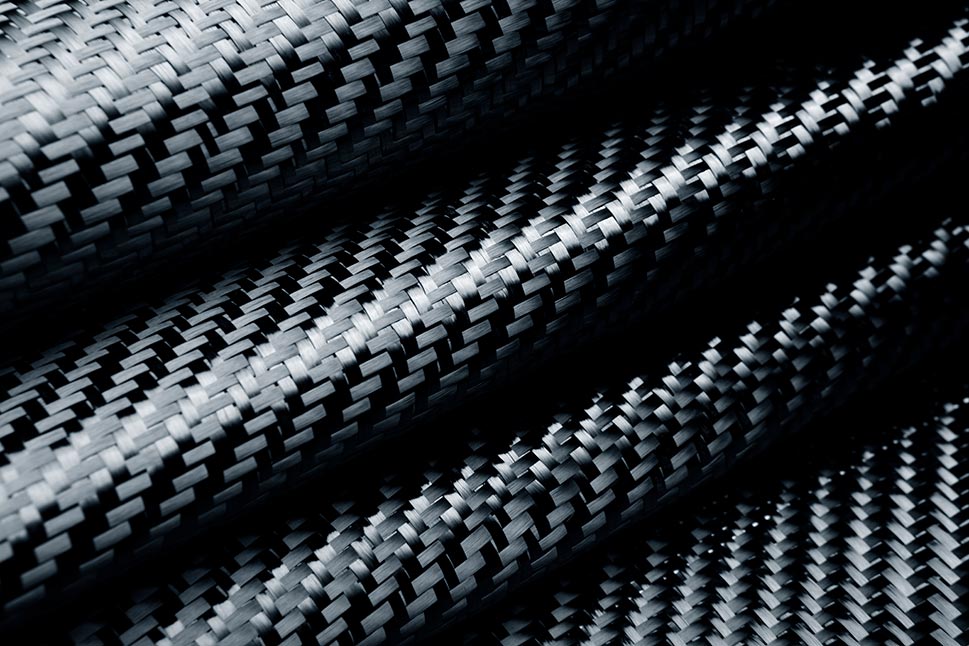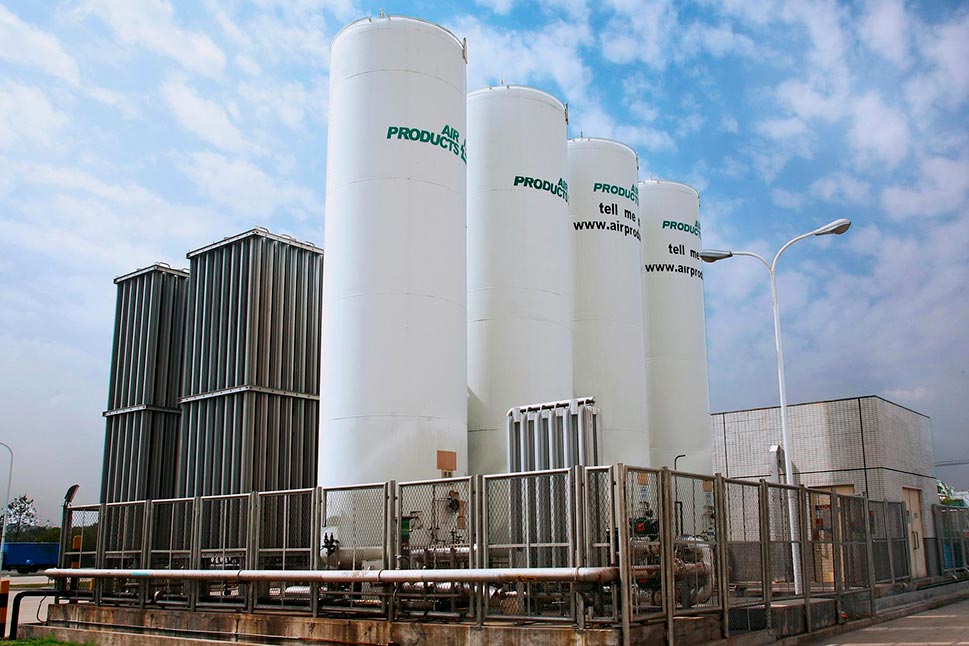
Industrial Gases from a Global Leader
- Global leading manufacturer of nitrogen, oxygen, and argon
- World leading producer and supplier of hydrogen and helium
- Reliable supply of industrial gases
- Excellent record of meeting on-time needs
- Industry leader in safety
- Technical support when you need it
- World-class customer service
Get in touch with one of our technical experts.
Contact us to put decades of experience with industrial gases, production, applications and equipment to work for you.
Ask the Expert

Don Bowe
Applications Engineer
Yes, leaks in any pressurized high-purity gas line can cause intermittent oxidation. There are several possible causes. One is through retrodiffusion—the movement of impurities from the surrounding air to a high-pressure, low-impurity gas houseline. This is driven by concentration gradients, not pressure gradients, and is aggravated by changes in flow rate, pressure or piping temperature.
Air Products industry specialists can help you determine the cause of your problem. Since the oxidation is intermittent, you’ll need to continuously monitor your nitrogen houseline for leaks with a trace oxygen analyzer. For combustible gas lines, a combustible gas sniffer can also be used. Once impurities are found, the source of the leak can be identified using various techniques, including soap bubble testing, static pressure testing or helium mass spectrometry. Leaks often occur in weld cracks, mechanical joints, valve packing and loose fittings.

Industrial Gas Audits and Leak Detection Services

